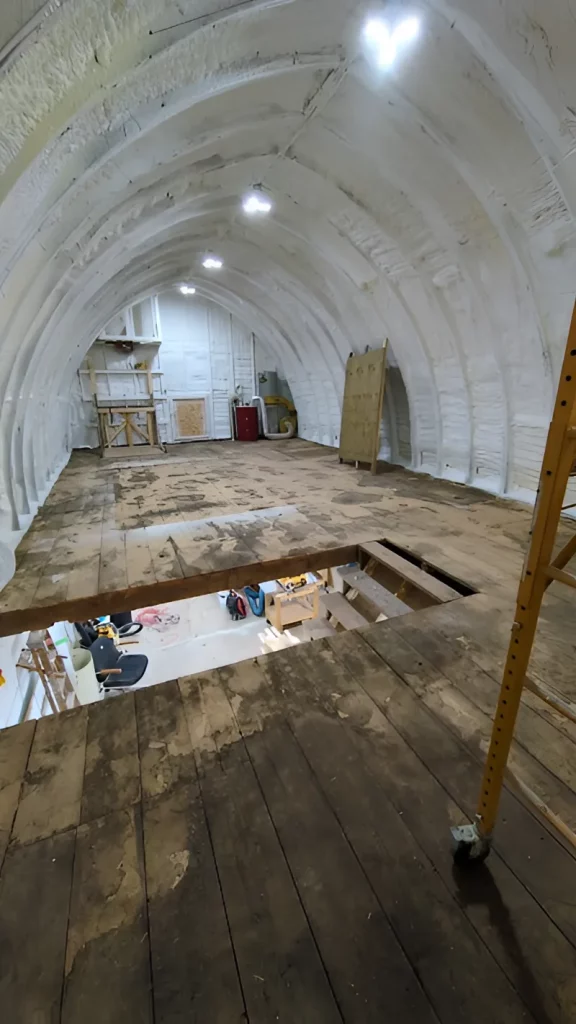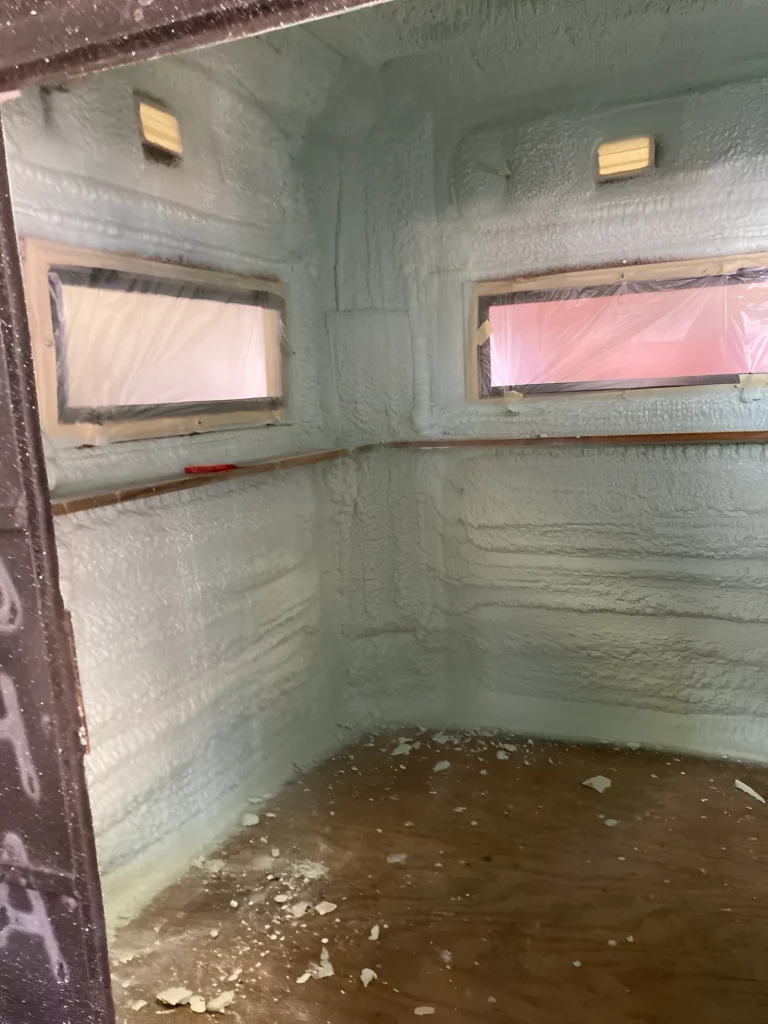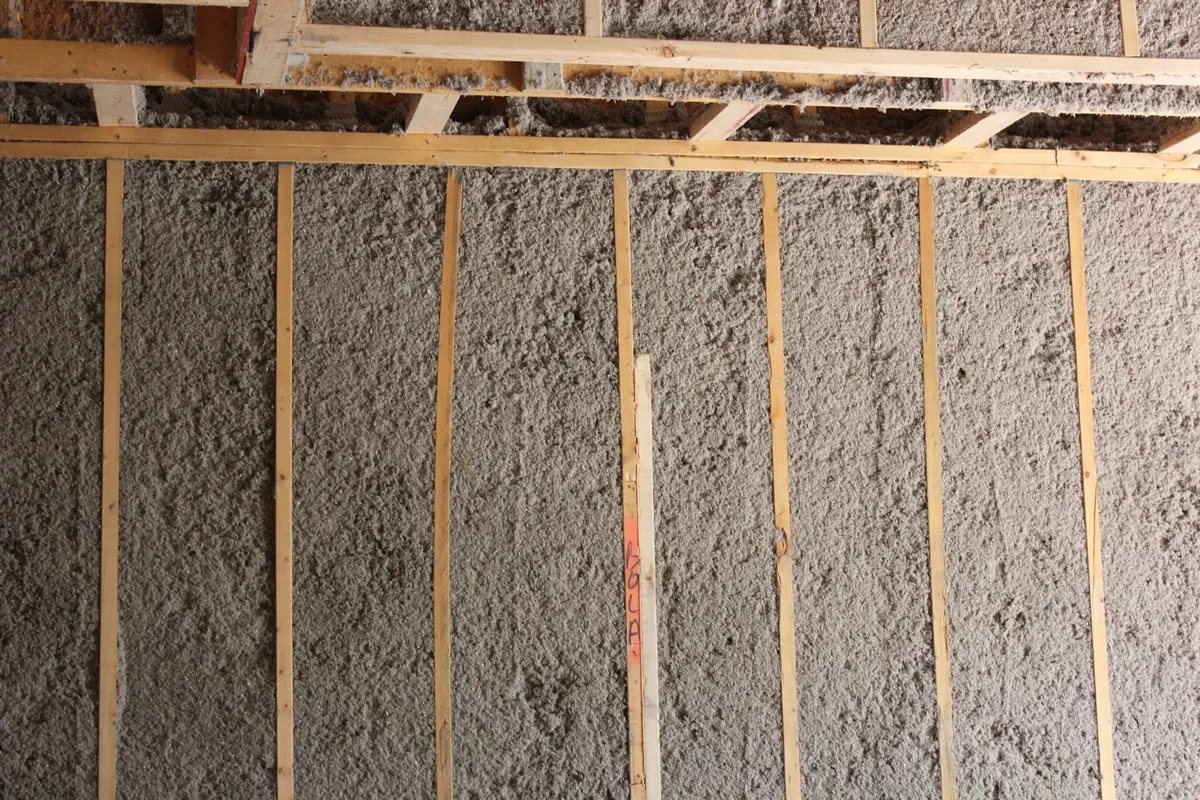Introduction
Imagine facing sky-high energy bills every month, feeling drafts in your home during winter, or watching your cooling system struggle in the summer heat. These issues affect millions of households and businesses across the country. Insulation solutions offer a practical way to tackle them head-on by creating a barrier that keeps indoor temperatures stable and reduces energy waste. At its heart, insulation works by slowing the transfer of heat, which means less work for your heating and cooling systems. This guide explores everything you need to know about insulation to boost your energy efficiency.
Energy efficiency through insulation isn’t just about comfort; it ties directly to cost savings and environmental benefits. Poor insulation can lead to up to 30% higher energy use in buildings, according to the U.S. Department of Energy. By choosing the right insulation, you can cut those losses, lower your utility bills, and reduce your carbon footprint. Whether you’re a homeowner planning a renovation or a business owner looking to upgrade facilities, understanding insulation opens the door to smarter energy use.
This guide draws from years of hands-on work in the field, helping people and companies achieve lasting results. You’ll start with the basics: what insulation does and why it counts. From there, move into the different materials available, how to pick the best one for your space, and step-by-step installation tips. Expect details on benefits like return on investment, ways to handle common problems, and even future trends shaping the industry. Along the way, find practical advice, data-backed insights, and tools to measure success.
By the end, you’ll have a clear plan to make your space more efficient. To begin, let’s define insulation and explore its importance in achieving energy efficiency.
What Is Insulation and Why Does It Matter?
Insulation refers to materials installed in walls, attics, floors, and other building parts to resist heat flow. It traps air pockets that act as a shield against temperature changes. In simple terms, good insulation keeps heat out in summer and inside in winter, so your HVAC system doesn’t run as hard.
Think about your home or office as an envelope. Without proper sealing, energy slips away through gaps and thin barriers. The R-value measures this resistance; higher numbers mean better performance. For example, a wall with R-13 holds heat better than one with R-5. Climate plays a role too—in colder areas like the Midwest, you need higher R-values to combat harsh winters.
The push for insulation goes beyond comfort. Energy efficiency reduces reliance on fossil fuels, cutting greenhouse gas emissions. A 2022 report from the International Energy Agency highlights that buildings account for nearly 40% of global energy use, much of it lost to poor insulation. Fixing this saves money and helps the planet.
In the U.S., residential energy costs averaged $2,000 per year in 2023, per data from the U.S. Energy Information Administration. Insulation can trim 10-20% off that bill, making it a smart investment. Businesses see similar gains, with commercial properties often facing even larger waste due to larger footprints.
Key Takeaways:
- Insulation controls heat transfer through R-value ratings.
- It lowers energy bills and environmental impact.
- Buildings waste a huge portion of energy without it.

Types of Insulation Materials
Selecting the right material depends on your space, budget, and goals. Common options include fiberglass, cellulose, foam board, and spray foam. Each has strengths suited to different jobs.
Fiberglass comes in batts or rolls, made from spun glass fibers. It’s affordable and easy to find, often used in attics. However, it can irritate skin during handling and loses effectiveness if it gets wet.
Cellulose, shredded recycled paper treated for fire resistance, packs into walls via blowing machines. It fits odd spaces well and offers good soundproofing, but settling over time might create gaps.
Foam board panels, rigid sheets of polystyrene or polyisocyanurate, work great for foundations or exterior walls. They provide high R-value per inch but need protection from moisture.
Spray foam expands to fill cracks, creating an airtight seal. Closed-cell spray foam versions add structural strength, ideal for basements. Open-cell is lighter and better for sound absorption.
Here’s a comparison table to help weigh options:
| Material | R-Value per Inch | Pros | Cons | Best For |
|---|---|---|---|---|
| Fiberglass | 2.2-4.3 | Low cost, easy install | Can sag, irritant | Attics, walls |
| Cellulose | 3.1-3.7 | Eco-friendly, sound dampening | Settles, fire needs treatment | Walls, attics |
| Foam Board | 3.8-6.5 | Thin, moisture resistant | Brittle, needs covering | Foundations, exteriors |
| Spray Foam | 3.5-7.0 | Seals air leaks, versatile | Higher cost, professional install | Basements, roofs |
Regardless of the material chosen, one critical factor across all types is moisture control.
Expert Tip: Test for moisture levels before installing any material. Damp conditions can reduce performance by up to 50%.
Factors to Consider When Choosing Insulation
Your choice starts with assessing your building. Start by checking current insulation levels. Pull back a bit of drywall or look in the attic to see what’s there. Tools like infrared cameras reveal hot spots where energy escapes.
Location matters. In hot climates, focus on reflective barriers to bounce back radiant heat. Colder zones need dense materials for conduction control. Building type also influences decisions—homes prioritize comfort, while offices might emphasize noise reduction.
Budget plays a part. Initial costs vary: fiberglass runs $0.30-$1.50 per square foot, spray foam $1-$3. Consider long-term savings. The U.S. Department of Energy notes that proper insulation pays back in 2-5 years through lower bills.
Energy audits help pinpoint needs. Professionals use blower door tests to measure air leakage, guiding material selection.
Don’t overlook safety. Look for materials certified by ASTM standards to ensure fire resistance and low emissions.
[Image: Infographic showing R-value recommendations by climate zone]
For deeper dives, see [Link to: Home Energy Audit Checklist].
Installation Methods and Best Practices
Proper installation maximizes benefits. DIY works for simple jobs like attic batts, but complex areas demand pros to avoid voids.
Preparing Your Space
Clear the area first. Remove old insulation if it’s damaged or contaminated with mold. Seal air leaks around windows, doors, and outlets with caulk or foam. This prevents convection losses.
Step-by-Step for Common Areas
- Attic Insulation: Lay unfaced batts between joists, perpendicular to rafters. Avoid compressing the material— it drops R-value.
- Wall Insulation: For new construction, fit batts snugly. In existing walls, blow in loose-fill through small holes.
- Floor and Basement: Use rigid foam under floors or spray foam on rim joists. Ensure vapor barriers in humid areas.
- Roof and Cathedral Ceilings: Baffle vents to allow air flow, then add rigid foam or blown-in material.
Wear protective gear: gloves, masks, goggles. Work in ventilated spaces to avoid fumes.
Expert Tip: Overlap seams by 2 inches in vapor barriers to create a continuous seal. Small overlaps lead to big leaks.
Hire certified installers for spray foam; improper mixing causes off-gassing. Check for Energy Star-rated contractors.
Common mistake: ignoring ventilation. Pair insulation with proper airflow to prevent moisture buildup and mold.
Benefits of Insulation Solutions
Investing in insulation delivers clear wins. Homeowners report average annual savings of $200-400 on utilities.
Comfort improves noticeably—no more cold floors or hot spots. It also quiets outside noise, creating peaceful spaces.
Businesses gain from steady temperatures, extending equipment life. Market data shows commercial retrofits yield 15-25% efficiency gains, per a McKinsey & Company report on building efficiency.
ROI calculation is straightforward: divide upgrade cost by yearly savings. Add incentives like federal tax credits up to $1,200 under the Inflation Reduction Act. However, realizing these benefits requires addressing potential challenges, which we’ll cover next.
Key Takeaways:
- Expect 10-30% bill reductions.
- Enhances comfort and durability.
- Supports sustainability goals.
Common Challenges and How to Address Them
Insulation projects hit snags, but planning helps. Moisture is a top issue; it degrades materials and breeds mold. Solution: Install vapor barriers and use dehumidifiers in basements.
Air leaks persist if seals fail. Use mastic tape on ducts and weatherstripping on doors. Conduct post-install tests to verify tightness.
Cost overruns happen with surprises like asbestos in old homes. Budget 10-20% extra and get inspections upfront.
Inconsistent performance arises from poor application. Train DIYers or hire experts; voids can slash efficiency by 20%.
Expert Tip: Document your setup with photos—it simplifies maintenance and qualifies for rebates.

Measuring Success and Maintenance
Track progress with before-and-after energy bills. Install smart thermostats to monitor usage patterns. Professional audits confirm improvements, often at low cost through utilities.
Maintenance keeps systems optimal. Inspect attics yearly for settling or damage. Clean filters and vents to maintain airflow. Reapply caulk where needed.
Use software like REScheck to model energy use and predict savings.
Long-term, recoup costs faster with rebates. The Database of State Incentives for Renewables & Efficiency lists options by location.
Future Trends in Insulation Technology
Innovations promise even better efficiency. Aerogel blankets offer R-10 per inch in thin layers, perfect for retrofits. Phase-change materials absorb and release heat dynamically.
Smart insulation with sensors detects issues in real-time, alerting you via apps. Recycled and bio-based options, like mushroom-derived foams, reduce environmental impact.
Market growth is strong: global insulation demand is projected to rise 5% annually through 2030, driven by green building codes.
Putting Your Insulation Solutions Strategy into Action
This guide covers the full spectrum of insulation, from basics to advanced applications. Key points include selecting materials based on R-value and fit, installing with care to seal leaks, and tracking savings for ongoing tweaks. You’ve got the tools to cut energy use, save money, and improve comfort. Refer back to sections as you plan your project—start with an audit, choose wisely, and maintain diligently. Take that first step today for lasting results.
Need Expert Guidance?
Ready to apply these ideas? Foam Worx Insulation brings practical know-how to your project. Reach out at [email protected] or call (507) 407-6688 for a consultation tailored to your space. Get started on efficiency that lasts.
Frequently Asked Questions About Insulation Solutions
What R-value do I need for my home?
R-value depends on your climate and space. In southern states, aim for R-30 in attics; northern areas need R-49. Walls typically require R-13 to R-21. Use the DOE’s zip code tool for precise recommendations.
Can I install insulation myself?
Yes, for basic batt or blown-in jobs if you follow safety guidelines. Wear protection and ensure even coverage. For spray foam or complex areas, call professionals to avoid health risks and voids.
How long does insulation last?
Most materials endure 20-50 years with proper care. Fiberglass and foam hold up well, but cellulose may need topping off every 10-15 years due to settling. Regular checks extend life.
Does insulation increase home value?
Absolutely—energy-efficient upgrades like insulation appeal to buyers. Appraisals often add 5-10% to value, especially with certifications. It’s a low-effort way to boost resale appeal.
Are there government incentives for insulation?
Yes, the Inflation Reduction Act offers tax credits up to 30% for qualified upgrades. Many states provide rebates too. Check Energy Star or DSIRE databases for local programs.
Is spray foam worth the extra cost?
Often yes, if air sealing is key. It provides superior efficiency and moisture resistance, paying back in 3-5 years. Weigh against simpler options for your needs.
Sources
- U.S. Department of Energy – Guide on insulation types, R-values, and energy savings.
- International Energy Agency – 2022 report on global building energy consumption.
- U.S. Energy Information Administration – Data on residential and commercial energy use in the U.S.
- McKinsey & Company – Report on commercial building efficiency gains.




